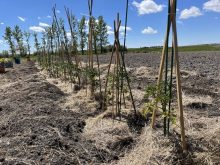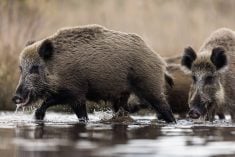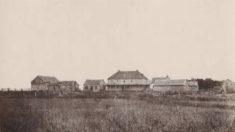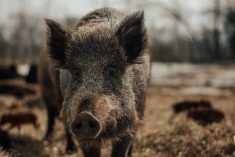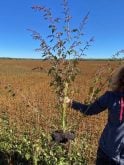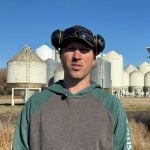Canada’s strategy to get rid of wild pigs has to have Indigenous voices at the table, according to an invasive species expert.
The spread of wild pigs has spurred various levels of governments, agriculture groups, conservation groups and others to develop a national action plan to beat back the invasive species.
WHY IT MATTERS: Invasive wild pigs are both an ecological and agricultural threat, but getting rid of them has been fraught with challenges.
Read Also
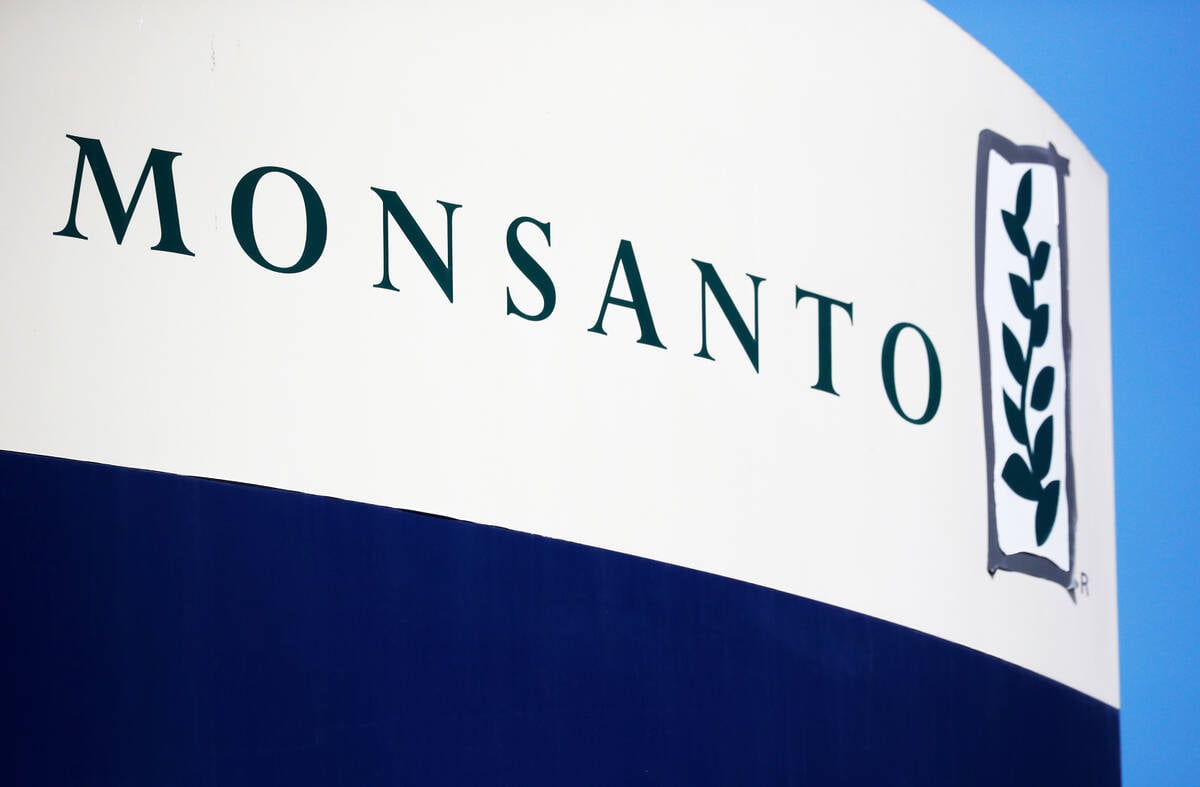
Journal pulls long-cited glyphosate study for ethics violations
The journal Regulatory Toxicology and Pharmacology has retracted a 2000 Monsanto-linked glyphosate review, drawing new scrutiny as Bayer faces mounting legal pressure.
Indigenous participation should have occurred from the beginning of the national wild pig strategy drafted and completed in early 2023 by Animal Health Canada, argued Gabby Nichols, a programs manager with the Canadian Council on Invasive Species. It shouldn’t have been something that was done after the fact,
Nichols was among the speakers at the Canadian Wild Pig Summit II, hosted online April 29 by Animal Health Canada, Squeal on Pigs Manitoba and Manitoba Pork.
“Indigenous peoples’ rights and their role in stewardship of lands, waters, plants and animals must be affirmed within the strategy and in activities when implementing the strategy,” she said.
Developing a plan for wild pigs
The national plan started as a response to the threat of livestock disease. Wild pigs have been a reservior for pathogens that have spilled over onto farms in other parts of the world.
The African Swine Fever Executive Management Board formed a multi-agency working group in 2021 to co-ordinate a response to wild pig spread, with a special eye on response and prevention of African swine fever. That working group developed the first draft of Canada’s Invasive Wild Pig Strategy, which was finalized as a living document in 2023.
Wild pigs now have a foothold in multiple provinces, particularly Alberta, Saskatchewan, and Manitoba. They pose risks to biodiversity, farmland, livestock, and even public safety.
Bringing Indigenous insight
Last year, Nichols’s organization partnered with Shared Value Solutions, an Indigenous-focused consulting firm, to reach out to Indigenous communities that may be impacted by wild pigs or have knowledge to help control strategies. Over 100 Indigenous nations and organizations were contacted. Their input was collected through a combination of surveys, regional webinars targeting British Columbia, the Prairie provinces and Ontario and one-on-one interviews.
Those conversations are helping to shape control efforts under the national strategy’s four main goals, summit attendees heard. Those goals include putting a co-ordinated eradication strategy in place; raising awareness of the problem; co-ordinating regional actions and tracking progress.
Indigenous engagement can’t be one-size-fits-all, Nichols said, looking at what they heard out of the consultations.
“Every nation has distinct rights and trusts and concerns, and when we work with these groups, we really need to be aware that each group is distinct and unique.”
That understanding is critical to foster long-term relationships based on trust, transparency and respect for Indigenous knowledge systems, Nichols added.
“There is a need for continued communication (and) engagement, setting up ongoing one-on-ones with different groups of interest and really making sure to connect with these different groups on their own terms, and providing lots of opportunity to do that outside of the strategy as well,” she said.
They also heard calls to increase Indigenous representation on the leadership group acting as the spearhead of the national strategy. Indigenous communities and groups said it wasn’t enough to be consulted, they want support to take a lead role in some aspects of the strategy’s execution, particularly when it comes to surveillance and trapping.
“There is a need to really support capacity within Indigenous communities and nations to support initiatives such as surveillance and trapping,” Nichols said.
That includes funding, training and access to appropriate technologies or tools for monitoring and eradication, she added.
Education and public outreach were also flagged as areas that need urgent attention.
“There really hasn’t been a ton of information out there getting to those key groups, including the public,” Nichols said, adding it’s also important that the urgency of the issue is known.
Improved reporting tools were another recommendation from Indigenous participants, particularly the need for tools that are accessible for communities with limited internet connectivity. Nichols said participants expressed the need for more flexible and low-barrier ways to share sightings or participate in monitoring programs.
Co-operating against wild pigs
Since wild pigs don’t respect political boundaries, cross-jurisdictional co-ordination essential is essential, Nichols said. Strong partnerships across jurisdictions are needed between nations, provinces, and organizations to ensure an effective response.
The national leadership group, guided by the strategy, will continue to review feedback and revise its implementation plans accordingly, listeners heard. As a living document, it’s meant to be adapted over time as new challenges, information, and partnerships emerge.
For the last couple of years, Squeal on Pigs Manitoba has been working with Swan Lake First Nation, which is located in a hot spot for wild pig sightings, said Wayne Lees, the program’s co-ordinator.
“So, they will let us know if they see wild pigs and we offer them assistance if they want trail cameras or anything else. They control how the program is rolled out on their land, and we’re happy to partner with them,” said Lees.
The Squeal on Pigs program has also worked extensively with Hutterite communities across the province, he said.
“We work with landowners of every type. If they have an issue, we’re happy to work with them.”




